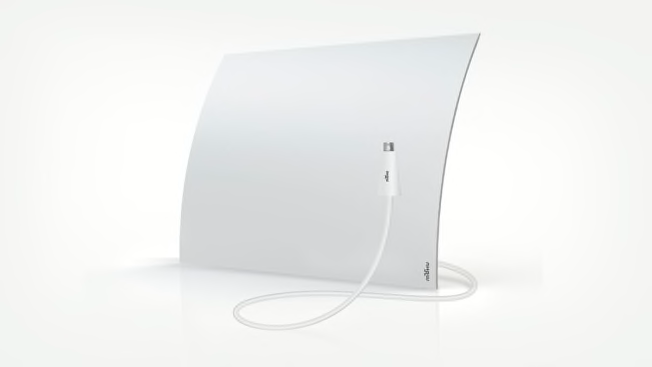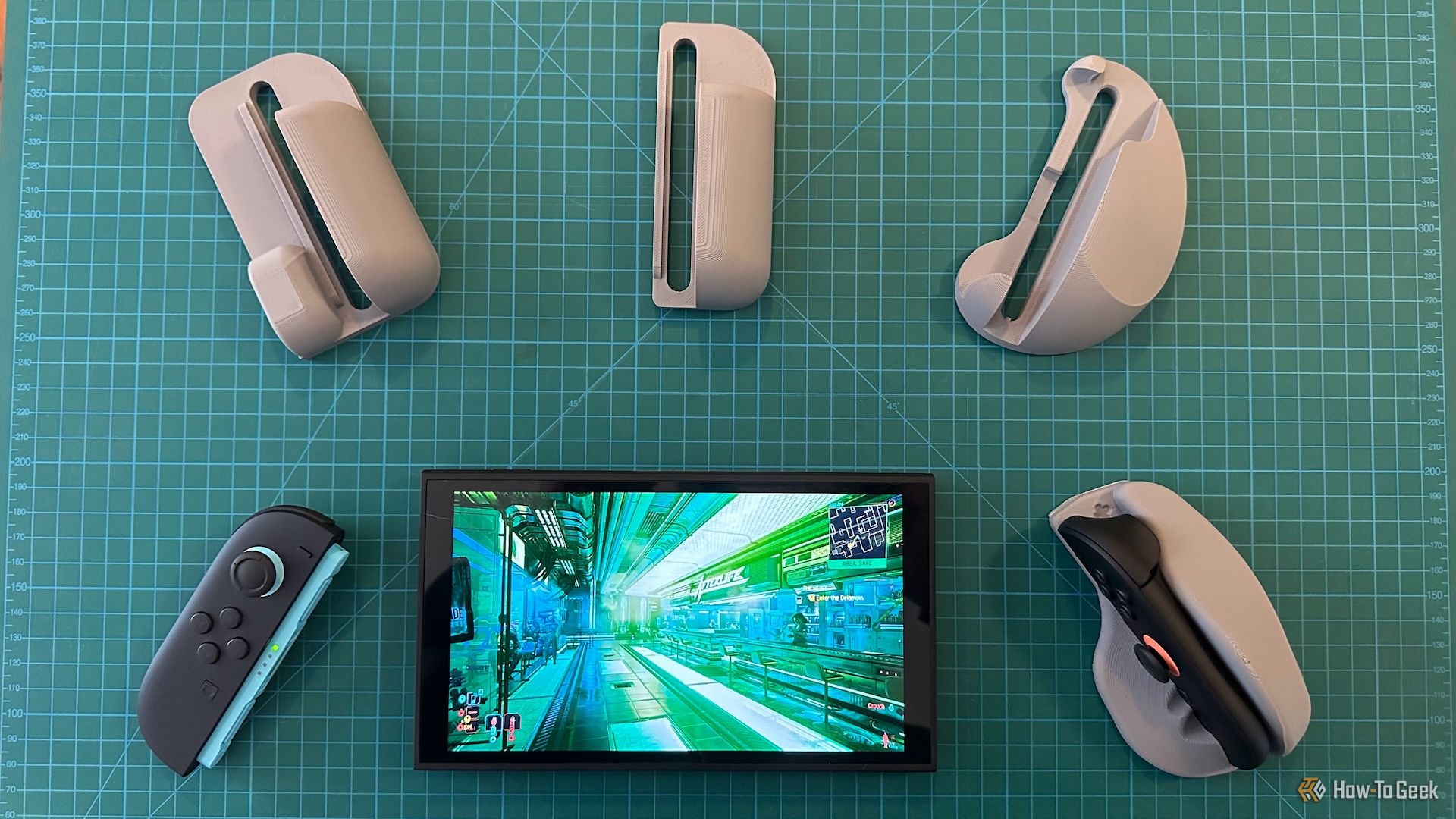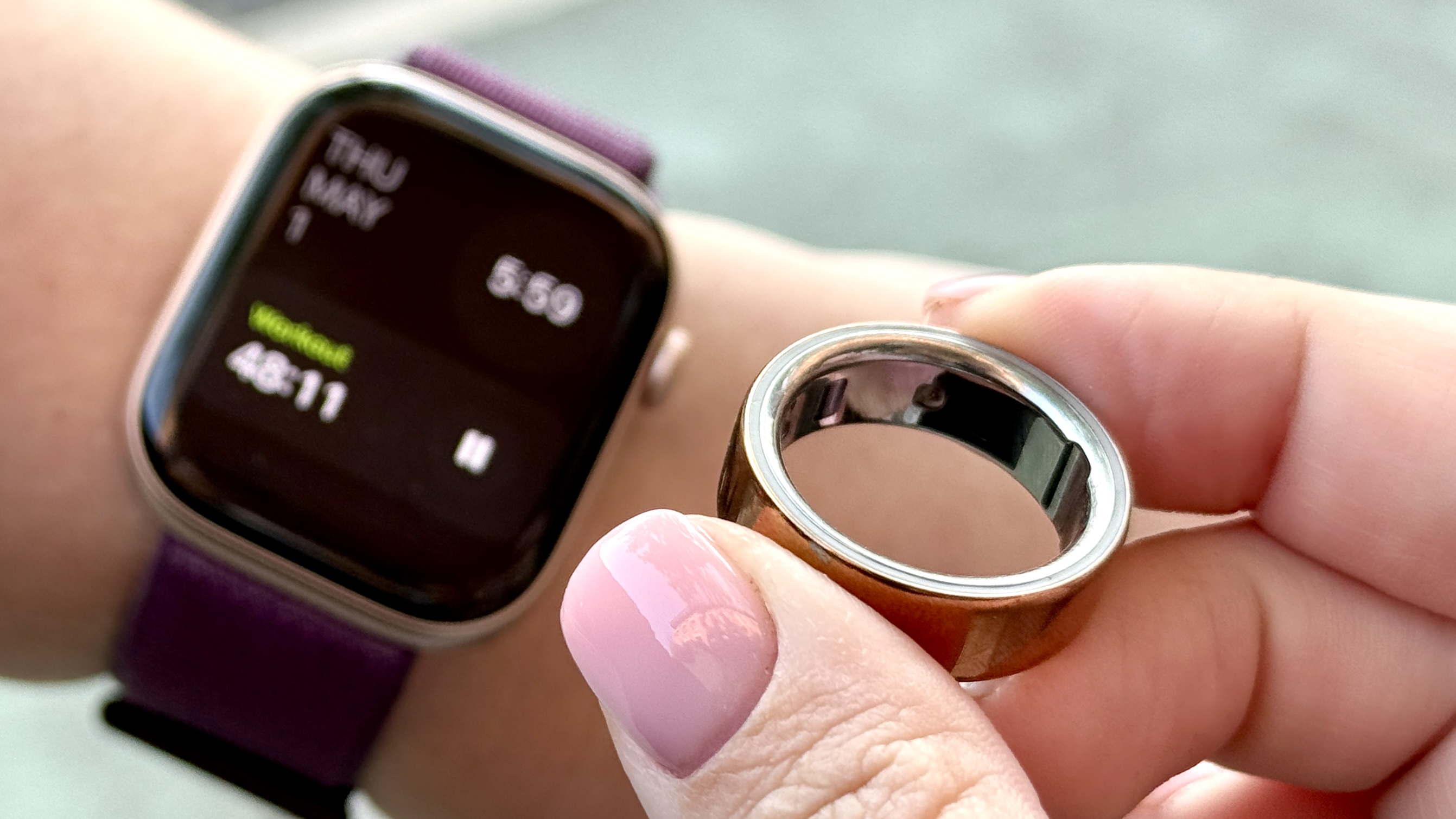Is It Time to Get a TV Antenna?

How you can benefit from the return of old-school TV antennas and free over-the-air TV
You don’t have to spend a lot to get an indoor TV antenna—installation is easy, and you may be able to get dozens of channels for free.
By James K. Willcox
Just like turntables and LP records, TV antennas have made a comeback. But unlike the vinyl revival—which feeds on nostalgia and the appeal of old-school analog audio—the antenna resurgence is fueled by consumers looking to save money.
And the surge in antenna use is considerable. About 20 percent of all broadband households now use an antenna, according to research firm Parks Associates.
Those numbers are being fueled by cord-cutters, people who have broadband but no cable or satellite TV service. The research firm eMarketer predicts that by the end of this year, only about 42 percent of U.S. households will have a traditional pay-TV service from a cable or satellite company.
These shifts coincide with a steady increase in streaming video subscriptions as consumers cobble together their own bundles of content sources.
Those streaming subscriptions include both conventional subscription services such as Amazon Prime Video, Hulu, and Netflix; newer ones such as Apple TV+, Paramount+, and Peacock; and cable TV replacement services such as Hulu + Live TV and YouTube TV that provide conventional channels.
But even cable-replacement services might not offer all the local broadcasts you want. That’s where an antenna comes in.
Is It Worth Getting a TV Antenna?
People who are thinking about buying an antenna frequently ask two questions: Will the antenna get good reception? And will it be hard to install? In brief, the answers are it depends and no.
Antenna Reception
Several things can affect the quality of your reception, but the main factors are your distance from a broadcast tower and whether there are any obstructions, such as trees or mountains, that can get in the way. The FCC’s DTV Reception Maps page can help you check for the signals that are available at your location. Other websites, such as AntennaWeb, can help you make an informed guess as to the type of antenna you’ll need and how many stations you can expect to pull in. You won’t have to lay out a lot of money to find out whether an antenna works well at your home. Consumer Reports has tested antennas selling for as little as $20, and even relatively pricey models typically cost $80 or less. Just check the return policy before you buy one.
Those prices might seem like even better bargains fairly soon because a new over-the-air standard for broadcasts called ATSC 3.0 is now rolling out.
So far, these new "Next-Gen TV" signals are available in about 75 percent of the country, including most major markets, reaching approximately 73 million households.
The technology can deliver brighter, sharper pictures, improved sound, and enhanced emergency notifications. It also allows for two-way interactivity, enabling features such as video on demand, the ability to pause or go back to the beginning of shows, and hyperlocal content such as local sports and weather reports.
Among these other enhancements, the new signals can carry internet content alongside traditional TV broadcasts. That means you may be able to stream some shows right over the air. The new broadcasts will also support 4K video and high dynamic range (HDR) content.
Provided you do get good reception, the picture quality might be better than what cable provides. “The signals may be less compressed,” says Matt Ferretti, the lead television tester for Consumer Reports. “And many stations now offer subchannels with programs such as older TV shows or public channels that may not be available on cable.”
Antenna Installation
Though it can be useful to have an antenna on your roof, indoor antennas work well in many situations. They’re very easy to set up. And they look better than the old-fashioned rabbit-ear models with the tinfoil flags that people used to add to them. Companies such as Antennas Direct and Mohu offer attractive designs, including flat models that can be painted to match a wall.
Newer designs, such as the Mohu Curve, can make indoor antennas more attractive-looking.
Photo: Mohu
Tips for Better Reception
TV antennas can require some fiddling. Consumer Reports has a whole bag of tricks to help you get the best reception. But start with these simple tips:
- Try the antenna in different spots around the room, preferably near a window. Or see whether placing it in a higher location, such as high up on a wall or in an attic, helps.
- Try an amplified TV antenna if you live far from a broadcast tower or your reception is marginal.
- Rescan for channels periodically. It’s easy to do, and you might get a new station or two.
Choose the Right Indoor TV Antenna
Ready to shop for a TV antenna? Check out Consumer Reports’ tests of top-selling indoor TV antennas. We have recommendations for both budget shoppers and for people who are willing to splurge.
Consumer Reports is an independent, nonprofit organization that works side by side with consumers to create a fairer, safer, and healthier world. CR does not endorse products or services, and does not accept advertising. Copyright © 2024, Consumer Reports, Inc.
Source link












